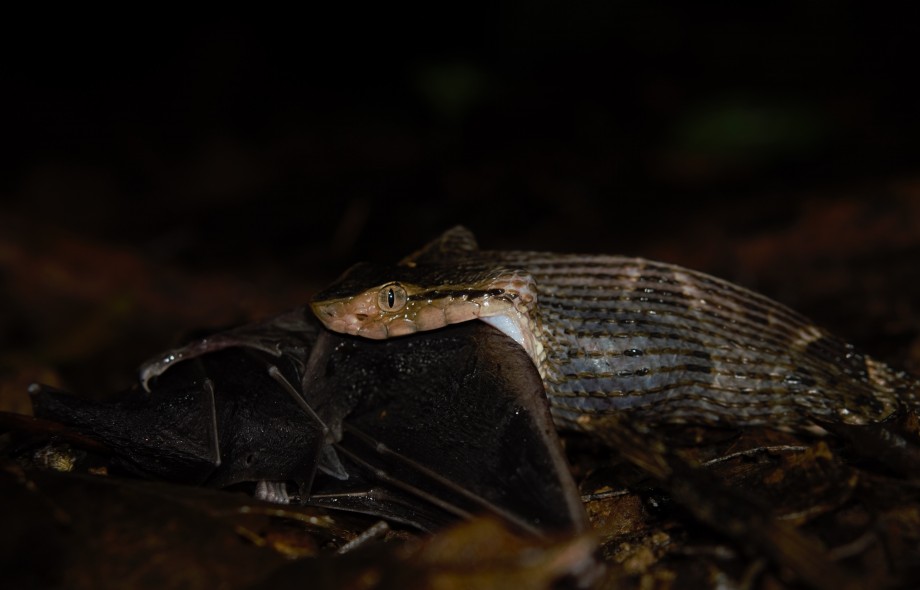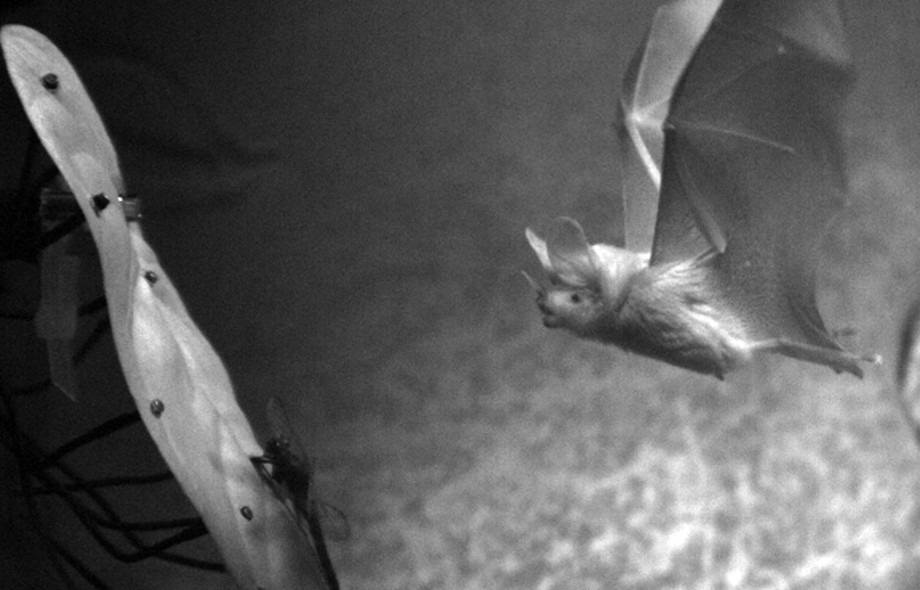Why do some male bats have sticky, odorous arms? The first clues only led to more questions. But now a new sleuth, Mariana Muñoz-Romo, described by a colleague as “probably the world’s expert on chemical communication in a bat species,” is on the case.

You are here
Projects
& Stories
Rachel Page
December 30, 2019
November 01, 2019
Hubert Szczygieł recently arrived at STRI in Panama and is already becoming one of Gamboa’s most awesome natural historians.
October 22, 2019
Eavesdropping behavior in the canopy may answer questions about how acoustic interplay among animals has developed over millions of years in the forest
October 04, 2019
As some of the most savvy and sophisticated predators out there, bats eavesdrop on their prey and even on other bats to collect a wide variety of information about their prey.
August 09, 2019
Bats can find motionless insects on leaves in the dark. This was thought to be impossible, because the acoustic camouflage provided by the leaves should confuse their echolocation system. Inga Geipel and colleagues discovered how they overcome this problem.





